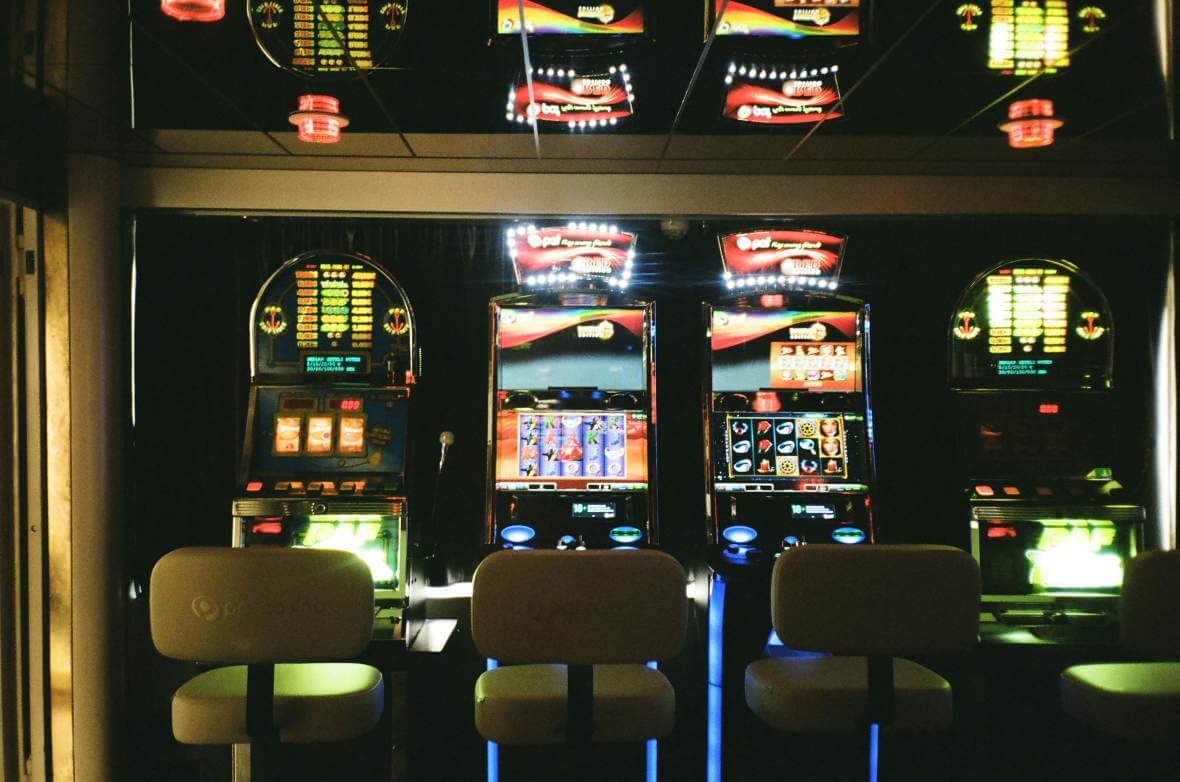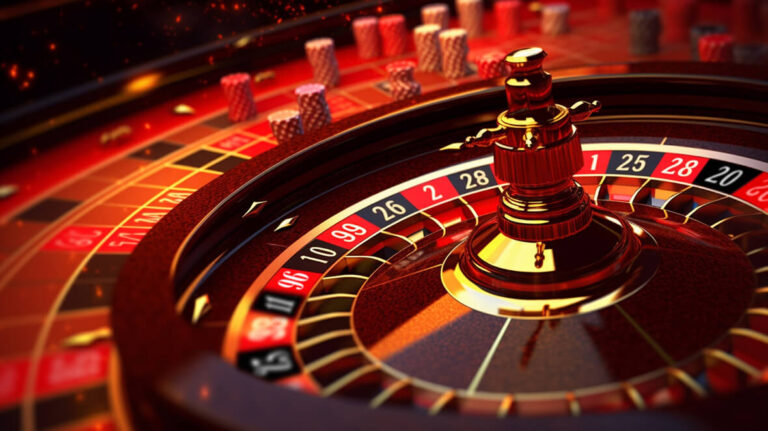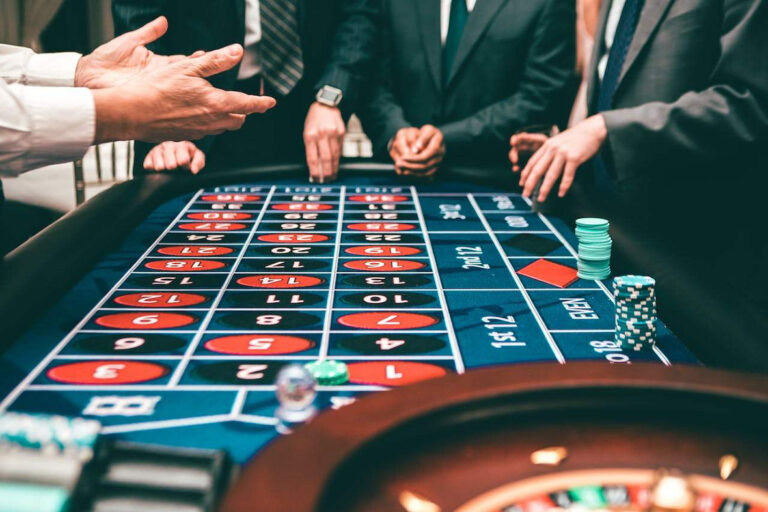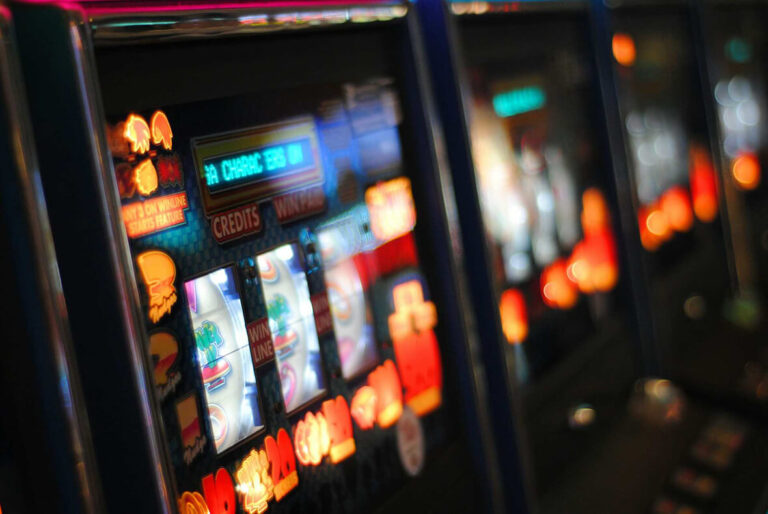When discussing games of chance, one of the most important concepts every player should understand is RTP – an abbreviation for Return to Player, which represents the percentage of return to the player.
Whether you enjoy slots, roulette, poker, or blackjack, RTP is a factor that can significantly influence your success during gameplay. However, although players often hear this term, very few truly understand what it represents and how it functions in practice.
In this article, we will explain everything you need to know about RTP in a simple way, including how it can help you better manage your wagers and choose games more wisely.
What Does RTP Mean?
RTP (Return to Player) represents the percentage of money that, in the long term, is returned to players in games of chance. More precisely, RTP is a statistical representation that shows how much a player can expect to get back from their wagers on a specific game.
For example, if a game has an RTP of 96%, it means that, out of every 100 dinars wagered, 96 dinars are returned to players, while the remaining 4 dinars remain with the casino as profit.
It is extremely important to understand that RTP does not guarantee a return of money over a short period. RTP represents the long-term average return to players. For instance, if a game has an RTP of 96%, this does not mean every player will get back 96% of their wager after just a few rounds. The percentage is calculated based on a massive number of rounds, sometimes even millions, and serves as an indicator of the expected return over extended gameplay.
This is particularly noteworthy as research conducted by the UK Gambling Commission in 2014 revealed that the majority of players do not understand this concept.
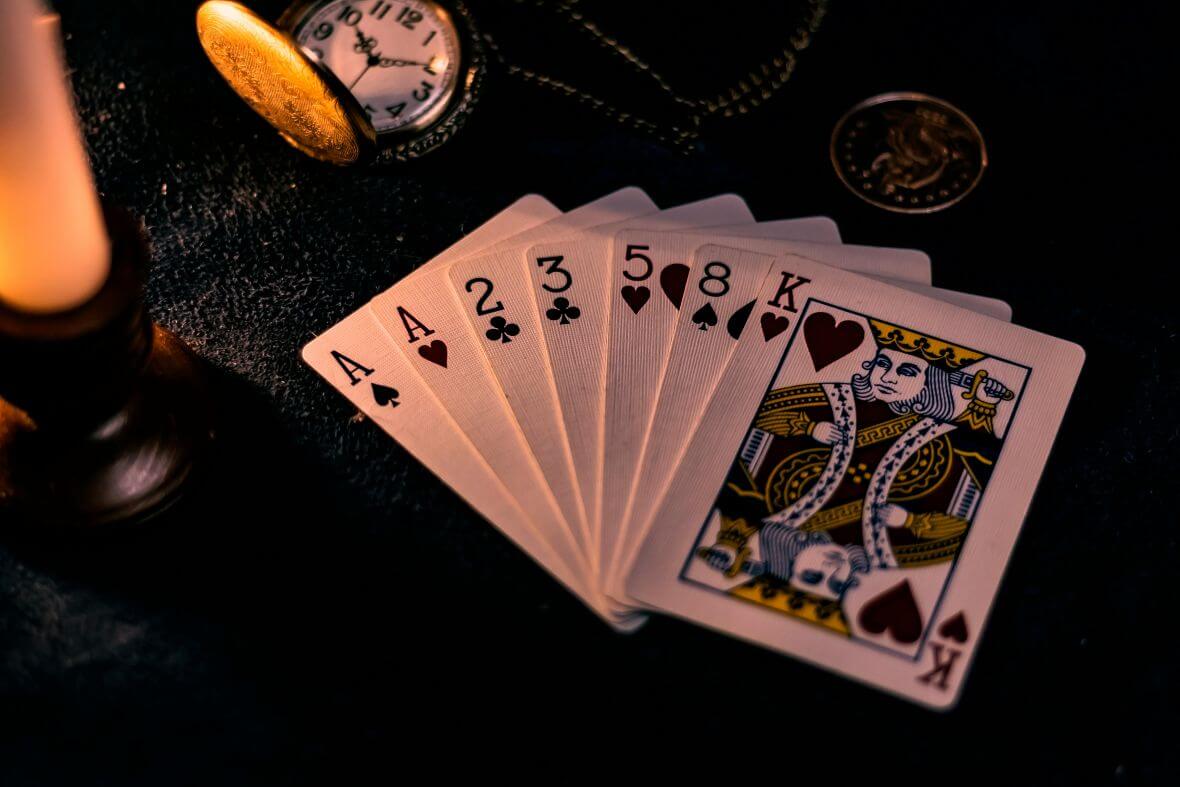
Why is RTP Important for Players?
RTP provides a clear picture of the long-term chances of recovering wagers in any game of chance. Players who understand the concept of RTP can better assess which game offers better chances for winning and adjust their strategy accordingly.
A high RTP (e.g., 97% or more) means that the game returns a larger percentage of money to players, which is particularly important for those planning to play longer sessions. On the other hand, games with lower RTP (below 90%) may attract players with large payouts but offer less return in the long term.
How to Identify RTP in Games of Chance?
Given the significance of RTP for players, it is crucial to know where and how to find this information before engaging in a game. Online casinos, as well as physical casinos, often display RTP for each game in their rules or in the information section about the game.
Where to Look for RTP in Online Games:
- In the game description on the casino’s website.
- In the Paytable section, where the return percentage is often clearly indicated.
Where to Look for RTP in Physical Casinos:
- On the machine or device in the casino, where there is often a sticker with RTP information.
- In the casino rulebook, which explains the average return percentage for specific games in detail.
Does RTP Change During Gameplay?
No, RTP is predetermined and does not change during gameplay. Naturally, individual player sessions will vary due to the random nature of games of chance, but the long-term RTP remains constant.
Can Different Casino Software Have Different RTP for the Same Game?
No, games developed by the same software provider have the same RTP regardless of the casino. However, different providers may develop similar game variants with differing RTPs.
Do In-Game Bonuses Affect RTP?
Bonuses do not alter the game’s base RTP but can temporarily increase winning chances. For example, bonus rounds in slots often offer more opportunities for bigger payouts, but the RTP itself remains the same.
RTP vs Volatility
While RTP is essential for understanding returns in games of chance, volatility is another important factor players should consider. RTP shows the long-term return on wagers, while volatility indicates how often and how large payouts can be expected during gameplay.
- High Volatility: Games with high volatility rarely payout, but when they do, the payouts are significant. These games are ideal for players seeking big wins and willing to take more risks.
- Low Volatility: These games provide more frequent but smaller wins. They are suitable for players who prefer more stable payouts and want to play longer without significant losses.
Which Factor is More Important – RTP or Volatility?
It depends on the player’s preferences. RTP is important for the long-term return on wagers, while volatility helps understand the frequency and size of wins.
RTP in Slots
Slots are the most popular games of chance in the world, and you’ve probably wondered how to win on machines with the highest success rates. Understanding RTP can help! In slots, RTP can vary significantly depending on the game. Most modern slots offer an RTP between 93% and 99%. However, this information may not always be readily available, as some software developers choose to disclose their machines’ RTP, while others avoid doing so.
Additionally, progressive jackpot slots generally have lower RTP as a portion of wagers goes into the jackpot fund. However, the potential for massive wins often motivates players to choose these slots.
Examples of Popular Slots and Their RTP Values
- Zentaurus – 96.00%
- Sizzling Hot – 95.66%
- Book of Ra Classic – 92.13%
Poker and RTP
In poker, RTP depends mostly on the type of game and the player’s skill. For video poker, RTP can be extremely high, even up to 99.5%, but requires precise strategy knowledge.
In traditional poker, RTP is harder to determine because players compete against each other, not the house. In these games, strategy and skill play a greater role than mere numbers, and RTP varies depending on the players.
Roulette and RTP
Roulette is a classic casino game with simple rules and varying RTP values depending on the roulette type:
- European Roulette has an RTP of 97.3%, making it more favorable for players.
- American Roulette, due to the additional double-zero field, has an RTP of 94.74%.
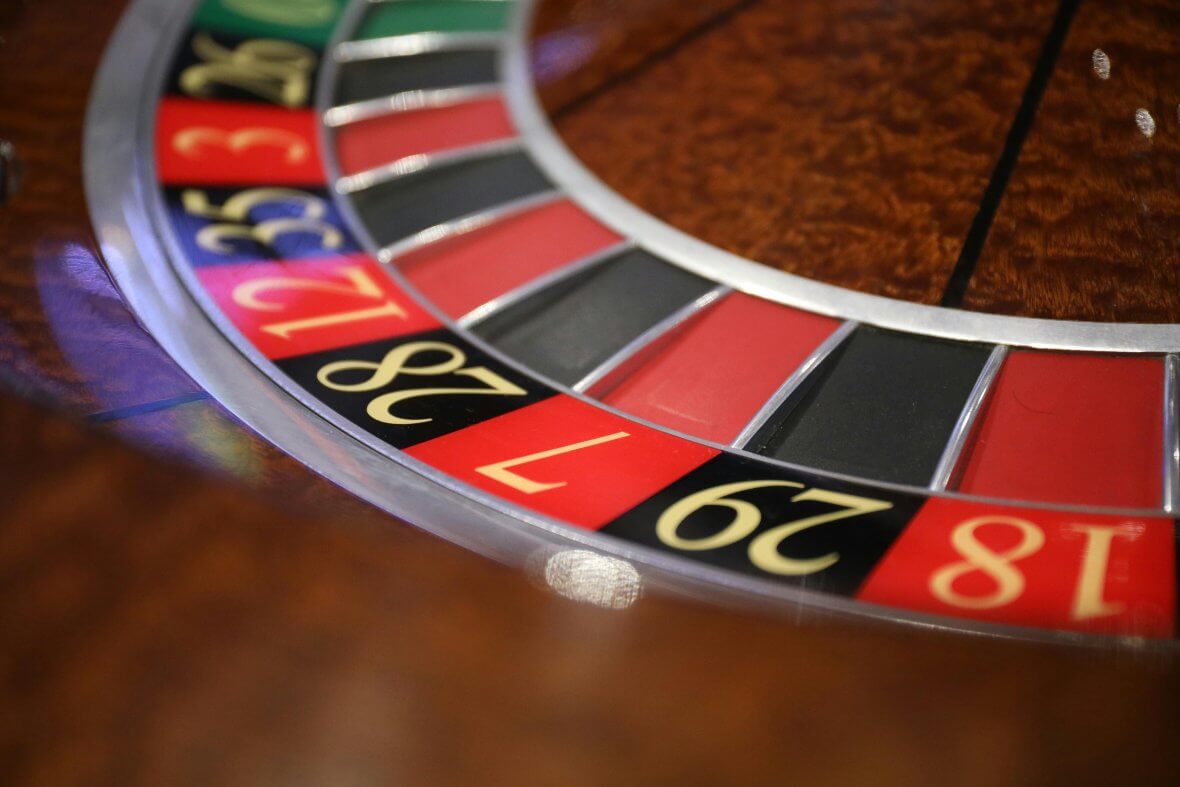
RTP and Blackjack
Blackjack is known for having one of the highest RTPs among games of chance, often exceeding 99% when played with optimal strategy. Despite this, the game also requires skill and good decision-making, which can further increase RTP.
In premium versions of blackjack, RTP can go up to 99.6%, making it an ideal game for players who want to use strategy and minimize the house edge.
By combining information about RTP and volatility, you can make more informed decisions and enjoy games with greater awareness of risks and potential payouts. Visit Slot Club Favorit and use these tips for smarter gameplay!

